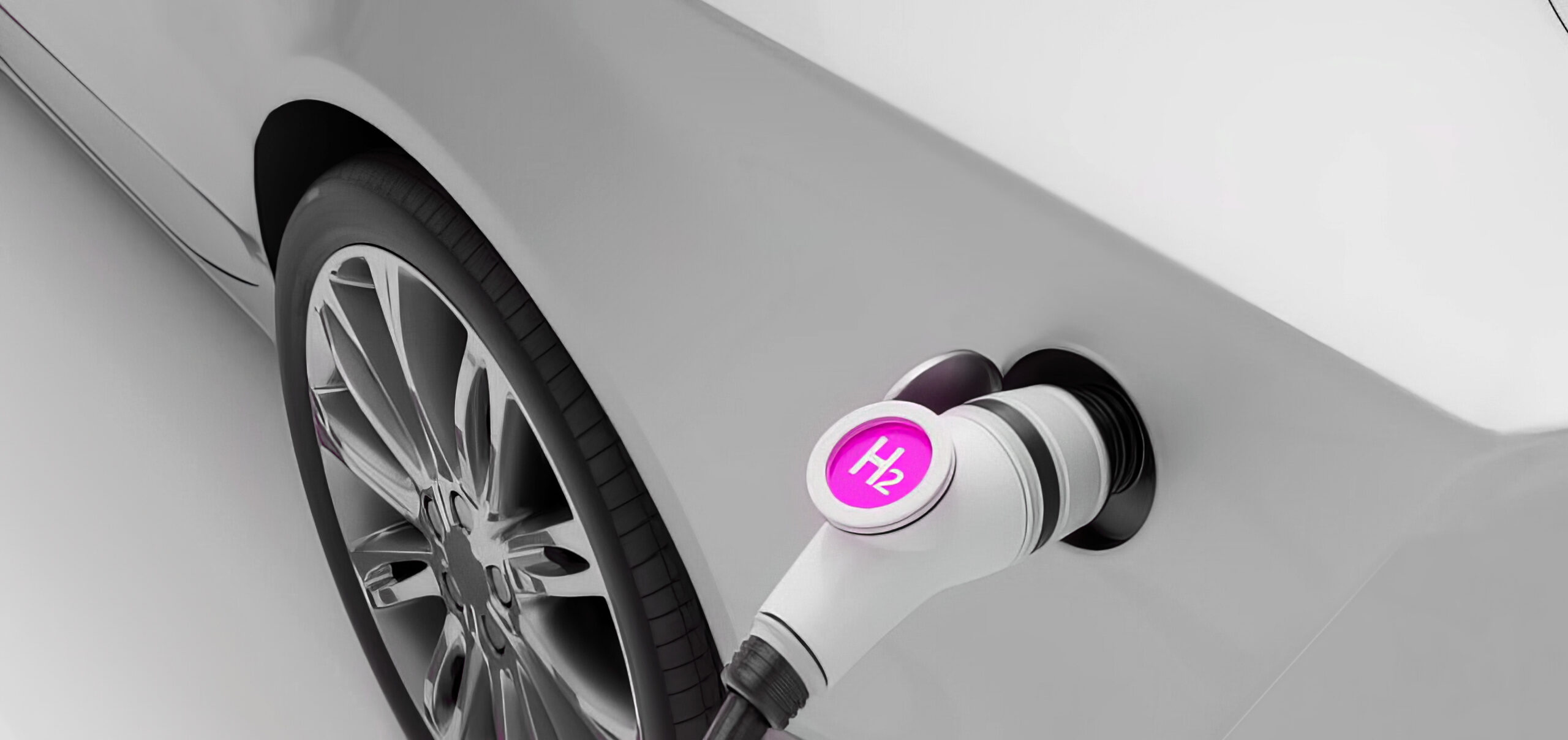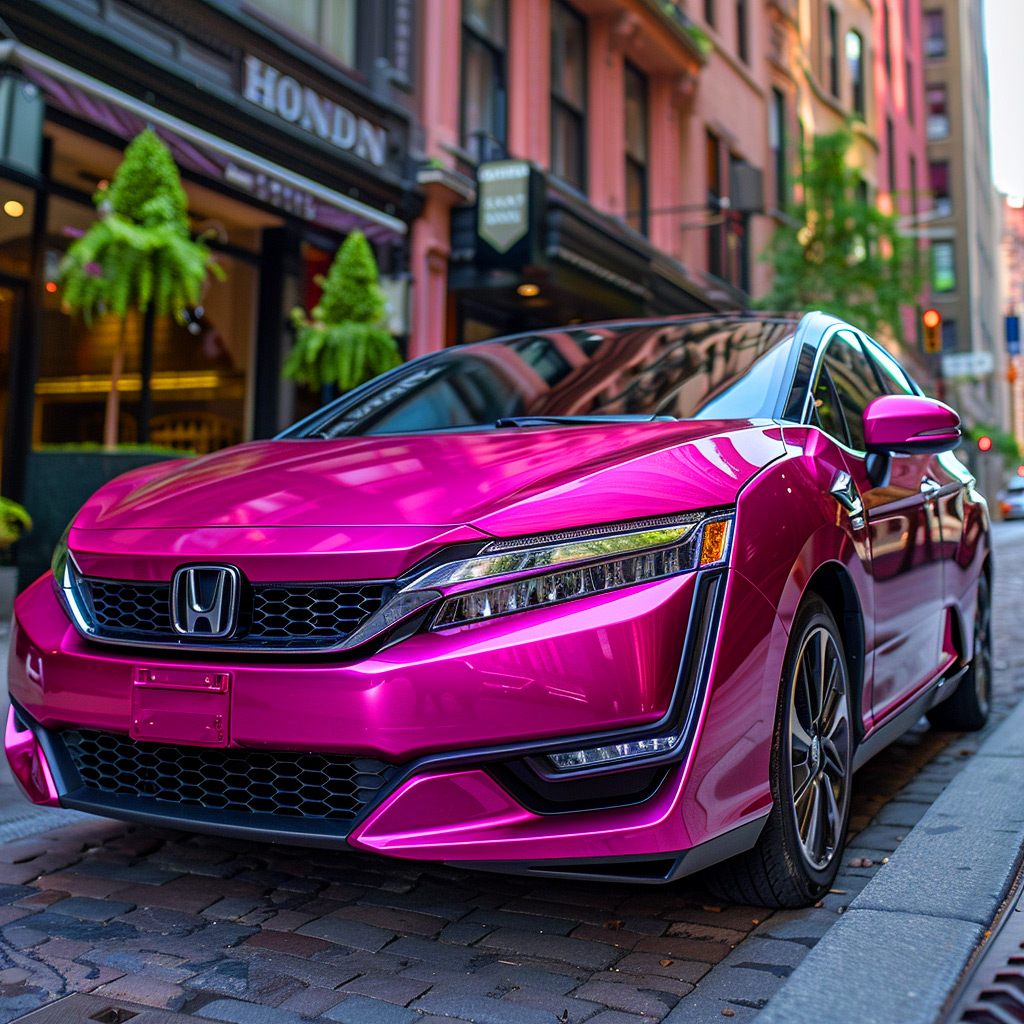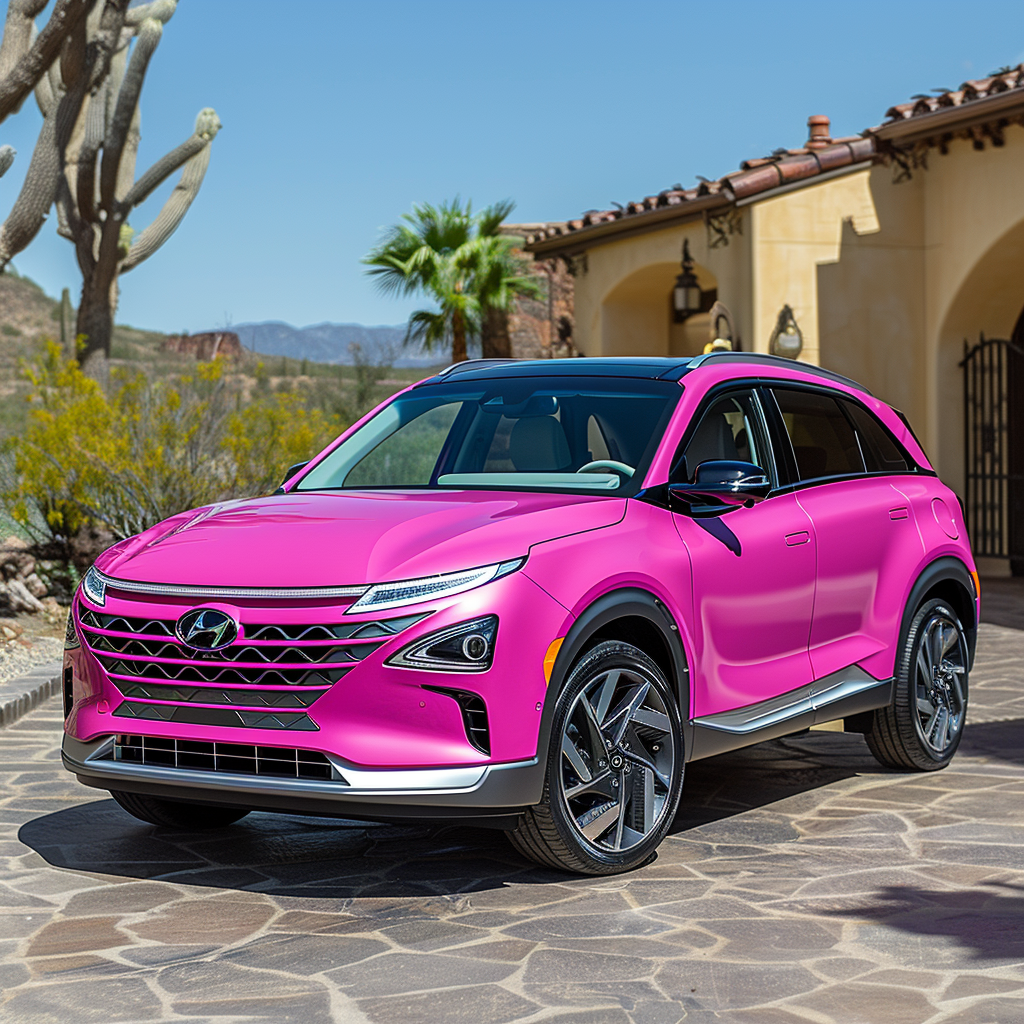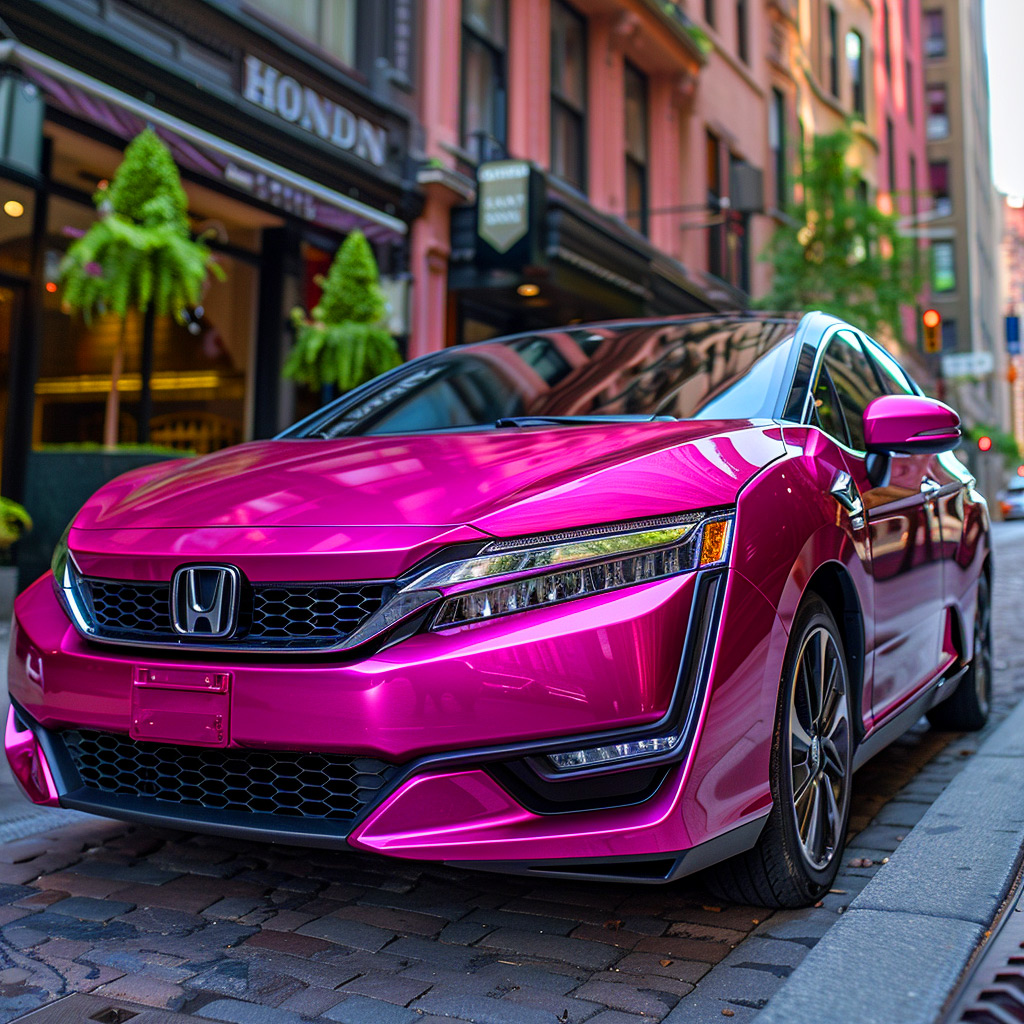
The Future of Emissions-Free Driving or Just Hot Air?
Ladies and gentlemen, gather around as we delve into the beautiful world of hydrogen cars. Yes, hydrogen, the most abundant element in the universe, is now being touted as the saviour of our planet’s beleaguered atmosphere. But is it all it’s cracked up to be? Let’s take a joyride through the science, the technology, and the real-world implications of hydrogen-powered vehicles. Buckle up; it’s going to be an enlightening journey.
The Basics: What Are Hydrogen Cars?
Hydrogen cars, or hydrogen fuel cell electric vehicles (FCEVs), are electric cars that generate electricity on board using a chemical reaction between hydrogen and oxygen. The only byproduct? Water. It’s like magic but with more chemistry and fewer rabbits.
To break it down, hydrogen gas stored in a car tank is fed into a fuel cell stack, where it meets oxygen from the air. Through an electrochemical process, electricity is produced, which then powers an electric motor. This setup powers the Toyota Mirai and the Hyundai Nexo, and it’s the same technology BMW is dabbling in with its i Hydrogen NEXT.
The Technology: How Does It Work?
Let’s dive a bit deeper into the mechanics. A hydrogen fuel cell works like a battery, but unlike a battery, it doesn’t run out or need recharging. Instead, it will keep producing electricity if you keep feeding it hydrogen. Here’s how it works:
- Hydrogen Tank: This is where the hydrogen is stored at high pressure. Think of it as the car’s lungs.
- Fuel Cell Stack: Here’s where the magic happens. Hydrogen enters the fuel cell stack, and through a catalyst, it splits into protons and electrons.
- Electric Motor: The electricity generated in the fuel cell stack is sent to the electric motor, which then drives the wheels.
- Battery: Yes, there’s a small battery too. It stores the electricity produced by regenerative braking and supplies additional power during high-demand situations like acceleration.
- Water Vapor Exhaust: The only emission from a hydrogen car is water vapour, making it as clean as a mountain spring
The Pros: Why Hydrogen Rocks
Zero Emissions: The primary selling point of hydrogen cars is their zero emissions. The only thing that comes out of the exhaust pipe is water vapour. No CO2, no NOx, nothing but good old H2O.
Quick Refueling: Unlike battery electric vehicles (BEVs), which can take hours to charge, hydrogen cars can be refuelled in about the same time it takes to fill up a petrol car – around three to five minutes. This makes them a more convenient option for long-distance travel.
Range: Hydrogen cars generally have a more extended range compared to BEVs. For example, the Toyota Mirai boasts a range of around 402 miles on a full hydrogen tank. That’s comparable to many conventional cars and beats most electric cars hands down.
The Cons: What’s the Catch?
Hydrogen Production: Producing hydrogen isn’t as clean as you might think. Most hydrogen today is produced from natural gas, a process that emits a significant amount of CO2. There’s green hydrogen, produced using renewable energy, but it’s currently much more expensive and less common.
Infrastructure: There are only a few hundred hydrogen refuelling stations worldwide. Compare that to the hundreds of thousands of petrol stations and the growing number of electric charging points, and you see the problem. Building a hydrogen infrastructure is costly and time-consuming.
Cost: Hydrogen cars are expensive. The technology is still relatively new and costly to produce, reflected in the price tag of hydrogen vehicles. The Toyota Mirai, for instance, starts at around £50,000. Hydrogen itself is also expensive, although prices are expected to drop as the technology.
The Contenders: Who’s Leading the Charge?
Toyota Mirai

The Mirai is the poster child for hydrogen cars. Toyota has been pushing hydrogen technology for years, and the Mirai is their flagship. It’s sleek, it’s futuristic, and it’s got a range that puts many electric cars to shame.
Hyundai Nexo

Hyundai is another big player in the hydrogen game. The Nexo is their answer to the Mirai, offering similar range and performance with the added benefit of being an SUV.
BMW i Hydrogen NEXT

BMW is exploring hydrogen with their i Hydrogen NEXT. While still in the prototype stage, it shows that even luxury car manufacturers are taking hydrogen seriously.
Honda Clarity

Although less well-known than the Mirai or Nexo, the Honda Clarity is another solid entry in the hydrogen market. It offers decent range and the reliability you’d expect from Honda.
The Future: Hydrogen vs. Batteries
So, will hydrogen overtake batteries in the race for zero-emission cars? The short answer is it’s complicated.
Batteries: Battery electric vehicles (BEVs) currently lead the charge (pun intended). They’re cheaper, the infrastructure is increasing, and they have a head start. However, they’re not without their issues. Charging times and range anxiety are significant drawbacks, especially for those who need to travel long distances regularly.
Hydrogen: Hydrogen has the potential to complement batteries rather than replace them. For long-distance travel and heavy-duty applications like trucks and buses, hydrogen makes a lot of sense. It offers quick refuelling and a more extended range, which are critical for these vehicles.
Hybrid Approach: Some experts believe that the future of zero-emission vehicles will combine hydrogen and battery technologies. Hydrogen could power larger, longer-range vehicles, while batteries could power smaller, city-friendly cars.
Real-World Applications: Where Hydrogen Shines
Hydrogen isn’t just for cars. It’s being explored in buses, trucks, trains, and even aeroplanes. The potential for hydrogen to decarbonize the transport sector is enormous.
Buses and Trucks: Hydrogen technology can significantly benefit these vehicles. They require long ranges and quick refuelling times, which hydrogen can provide. Several cities worldwide are already running hydrogen-powered buses, and companies like Nikola are developing hydrogen-powered trucks.
Trains: In areas where electrifying rail lines is impractical, hydrogen trains offer a cleaner alternative to diesel. Alstom’s Coradia iLint, for instance, is already in operation in Germany, proving that hydrogen trains are not just a concept but a reality.
Aviation: Hydrogen-powered planes are still in the early stages of development, but companies like ZeroAvia are making strides. The goal is to reduce the aviation industry’s carbon footprint, which is significant.
Industry: Beyond transport, hydrogen has potential applications in various industries. It can be used in manufacturing processes that rely on fossil fuels, thus reducing industrial emissions.
The Big Picture: Hydrogen in a Decarbonized World
The push for hydrogen is part of a broader effort to decarbonize our economy. Governments and corporations worldwide invest in hydrogen research and infrastructure as part of their climate commitments. The EU, for example, has a hydrogen strategy that aims to install 40 GW of renewable hydrogen electrolyzers by 2030.
Hydrogen’s versatility means it can be produced using renewable energy, stored, transported, and used in various sectors. It’s a vital piece of the puzzle in transitioning to a sustainable energy future. However, significant challenges remain, particularly in making green hydrogen cost-competitive and scaling up the infrastructure to support widespread adoption.
Conclusion: Hydrogen Cars – The Next Big Thing or Just Hype?
Hydrogen cars offer a tantalizing glimpse into a future of zero emissions and quick refuelling. They combine the benefits of electric driving with the convenience of conventional fueling, making them an attractive option for many. However, significant hurdles must be overcome, particularly regarding production costs and infrastructure.
In the race for zero-emission dominance, hydrogen has its place. It may not replace battery electric vehicles but will play a crucial role in the decarbonized transport ecosystem. Whether for long-haul trucking, industrial applications, or complementing electric cars, hydrogen’s potential is enormous.
So, are hydrogen cars the next big thing or just a lot of hot air? Time will tell. But one thing is sure–hydrogen is here to stay in the quest for a cleaner, greener future. And who knows, the next time you’re out on the motorway, that sleek, silent car passing you by just might be powered by the simplest, most abundant element in the universe.


